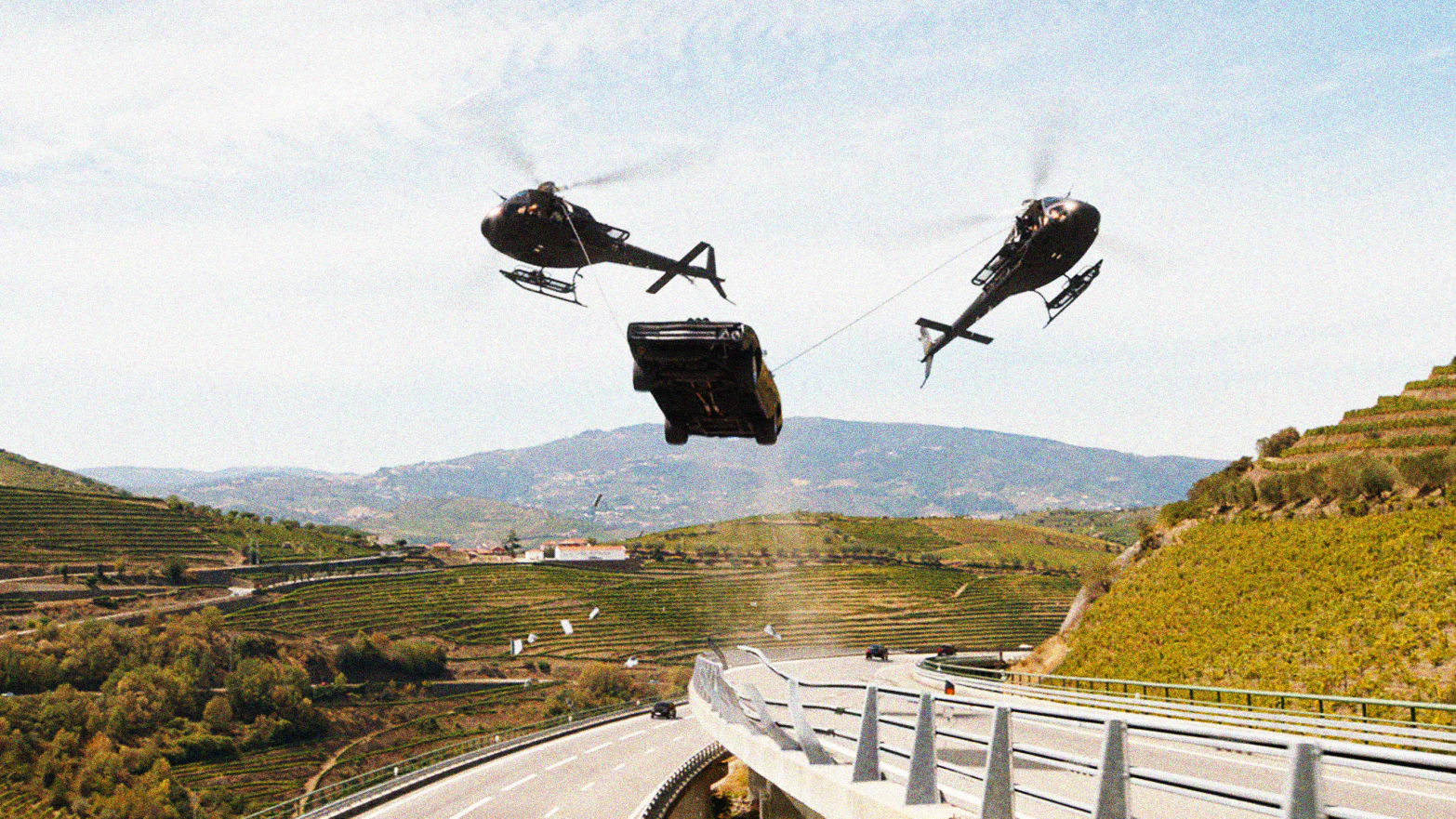Curious how fast can a bear run? You're not alone. Whether you're hiking through the woods, watching nature documentaries, or just wondering about wildlife, bears' top speeds are a fascinating topic. Despite their bulky appearance, bears are surprisingly fast and agile. So, if you've ever wondered just how quickly they can move, read on — we're diving into the facts, the myths, and everything in between.
Bears might seem slow and lumbering at first glance, but don’t let that fool you. They’re built for power, endurance, and — when needed — bursts of incredible speed. From grizzlies to black bears, these animals can outpace humans with ease. And while they’re not typically aggressive without reason, knowing their capabilities might just come in handy if you ever find yourself in bear country.
So, how fast can a bear run exactly? Let’s break it down, compare different species, and explore what makes them such surprising sprinters.
Table of Contents
- Different Bear Species and Their Speeds
- What Affects a Bear’s Running Speed?
- Staying Safe Around Bears
- Frequently Asked Questions
Different Bear Species and Their Speeds
When it comes to speed, not all bears are created equal. Each species has its own physical build and habitat, which influences how fast they can run. Here's a quick breakdown:
- Grizzly Bear: Up to 35 mph (56 km/h)
- Black Bear: Around 30 mph (48 km/h)
- Polar Bear: About 25 mph (40 km/h)
- Brown Bear: Between 20–35 mph (32–56 km/h)
So, how fast can a bear run in real life? Grizzlies are often cited as the fastest land bears, capable of hitting bursts of 35 miles per hour. That’s faster than most people can run — by a long shot.
Black bears, though a bit smaller, can still sprint at about 30 mph. They’re also great climbers, so if you ever spot one nearby, climbing a tree isn’t the best escape plan. Polar bears, on the other hand, aren’t built for long-distance running. Their massive paws and Arctic habitat mean they usually only reach about 25 mph.
What Affects a Bear’s Running Speed?
So, how fast can a bear run under different conditions? Several factors come into play:
Size and Weight
Heavier bears like the grizzly tend to be faster in short bursts, thanks to powerful muscles and strong legs. Their sheer weight gives them momentum, allowing them to accelerate quickly.
Terrain
A bear’s speed varies depending on the ground they're running on. Grizzlies can hit their top speed on flat terrain, but they can still move fast through forests or over rough ground. Polar bears, on the other hand, are more at home on snow and ice, which limits their speed compared to land-based cousins.
Motivation
Ever heard the phrase “don’t outrun a bear — outrun your friend”? Well, bears usually don’t run at full speed unless they have to. Whether it's chasing prey, escaping danger, or defending territory, motivation plays a big role in how fast a bear can go.
So, how fast can a bear run when it wants to? Pretty much as fast as it needs to. If a bear is charging you — and that’s rare, by the way — it’s not a race you can win on foot.
Staying Safe Around Bears
Now that you know how fast can a bear run, the next question is: what should you do if you encounter one? The short answer: don’t try to outrun it. Instead, know how to react based on the species and situation.
Grizzly vs. Black Bear Encounters
Grizzlies and black bears may look similar, but their behaviors are quite different. Here’s what to do:
- If it’s a grizzly: Play dead. Lie flat on your stomach, protect your neck and head with your hands, and stay still until the bear leaves.
- If it’s a black bear: Fight back. These bears are more likely to retreat if you put up a defense.
Other Tips
- Carry bear spray when hiking in bear country.
- Make noise while hiking to avoid surprising bears.
- Store food properly to avoid attracting them to your campsite.
So, how fast can a bear run in a real-life scenario? Fast enough that your best bet is to avoid an encounter in the first place. Prevention is key — once a bear starts running toward you, you’re already at a disadvantage.
Frequently Asked Questions
Can a human outrun a bear?
No. The fastest human sprinters can hit around 27 mph, which is close to a black bear's top speed. But in the wild, you won’t be able to maintain that pace, especially in rough terrain. So, how fast can a bear run compared to a human? Bears win, hands down.
Do bears run faster uphill or downhill?
Surprisingly, bears can run both uphill and downhill at full speed. They’re built to move quickly in any direction, so don’t think you can escape by heading up a slope. It’s better to avoid provoking them altogether.
How far can a bear run at top speed?
Bears can sprint at full speed for up to 2 miles without stopping. That’s way longer than most people can run at half that pace. So, how fast can a bear run and for how long? Long enough to make running away a very bad idea.
For more information on wildlife safety, you can check out this guide from National Park Service.
Want to learn more about how to stay safe in nature? Check out our guide on bear safety and read up on how to prepare for outdoor adventures.



